Kathmandu, September 10, 2025 — Nepal is grappling with one of the most turbulent chapters in its modern history after a wave of violent youth-led protests shook the country, toppling the prime minister and prompting military intervention.
How It Began
The unrest was triggered when the government suddenly banned more than two dozen social media platforms, including some of the most widely used apps among young people. Officials claimed the ban was necessary to combat misinformation, but students and activists quickly denounced it as censorship. Within hours, crowds of young demonstrators filled the streets of Kathmandu, demanding not only digital freedoms but also an end to corruption and poor governance.
Escalation of Violence
What began as peaceful marches soon spiraled into chaos. Security forces responded with tear gas, rubber bullets, and eventually live ammunition. Protesters set fire to government buildings, including parts of the Parliament and the prime minister’s office complex. The Supreme Court and several ministers’ residences were also attacked. Dozens of people were reported dead, hundreds injured, and major sections of the capital reduced to smoldering ruins.
Political Fallout
Amid mounting pressure and spiraling violence, Prime Minister K.P. Sharma Oli announced his resignation, ending his tenure in disgrace. His departure did little to calm the streets, however, as demonstrators continued to demand broader reforms and accountability from the political class.
Military Steps In
To restore order, the Nepali Army was deployed across the country. Soldiers enforced strict curfews, patrolled major intersections, and secured critical infrastructure. Military leaders signaled a willingness to open dialogue with protest organizers, but tensions remain high. The army’s presence has temporarily stabilized the situation, though fears of further unrest persist.
The Deeper Grievances
While the ban on social media sparked the protests, the anger fueling them runs deeper. Many in Nepal’s younger generation feel betrayed by years of corruption scandals, limited economic opportunities, and a political elite they see as disconnected from ordinary people. The movement has been energized by digital-native activists who used creative slogans and cultural references to rally support.
Regional Ripple Effects
The crisis has alarmed neighboring India, which shares a long, open border with Nepal. Cross-border trade and tourism have slowed sharply, and towns along the frontier are on high alert as unrest spills beyond Kathmandu.
What Lies Ahead
Nepal now stands at a crossroads. A caretaker administration is expected to emerge, but questions remain about whether leaders can address the demands of a disillusioned youth movement. The army’s intervention may have restored a fragile calm, yet the protests have exposed deep cracks in the country’s political and economic system.
For many, this uprising is not just about internet access—it is about redefining Nepal’s future.

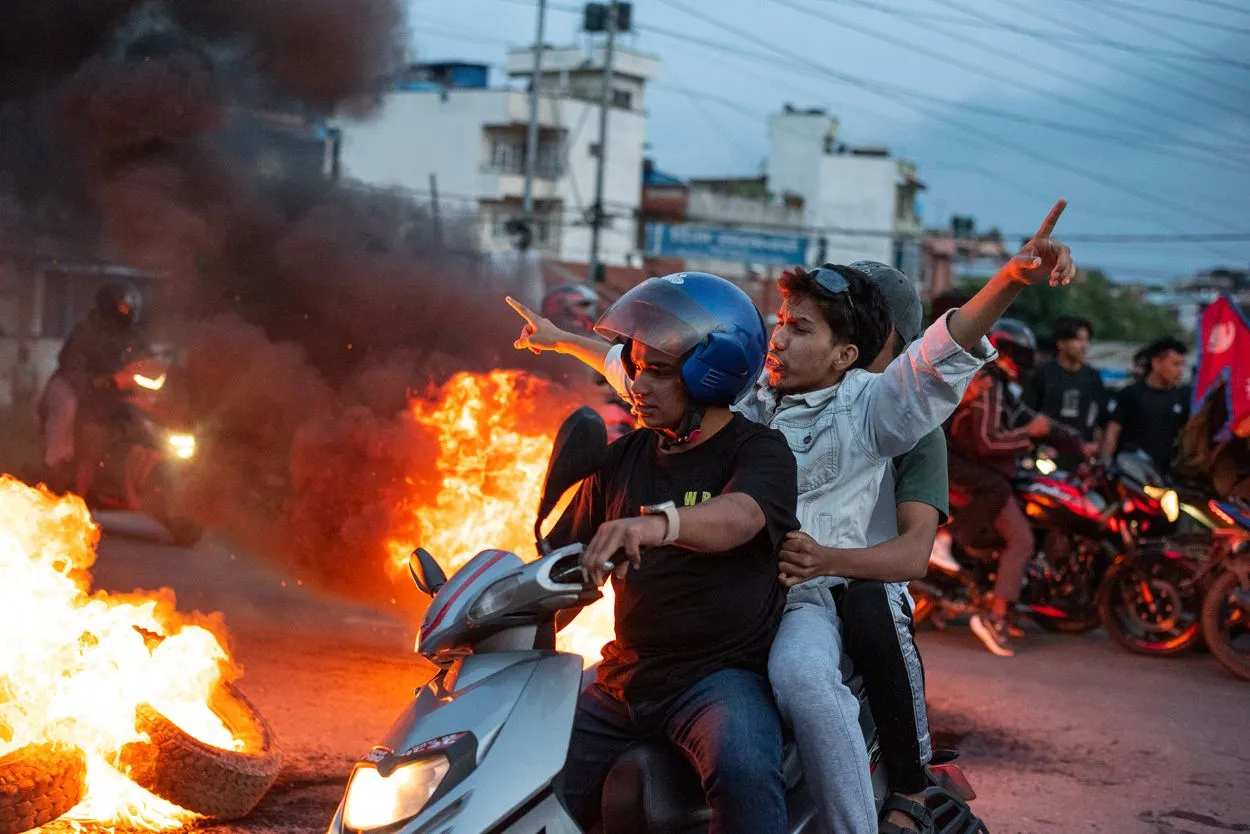
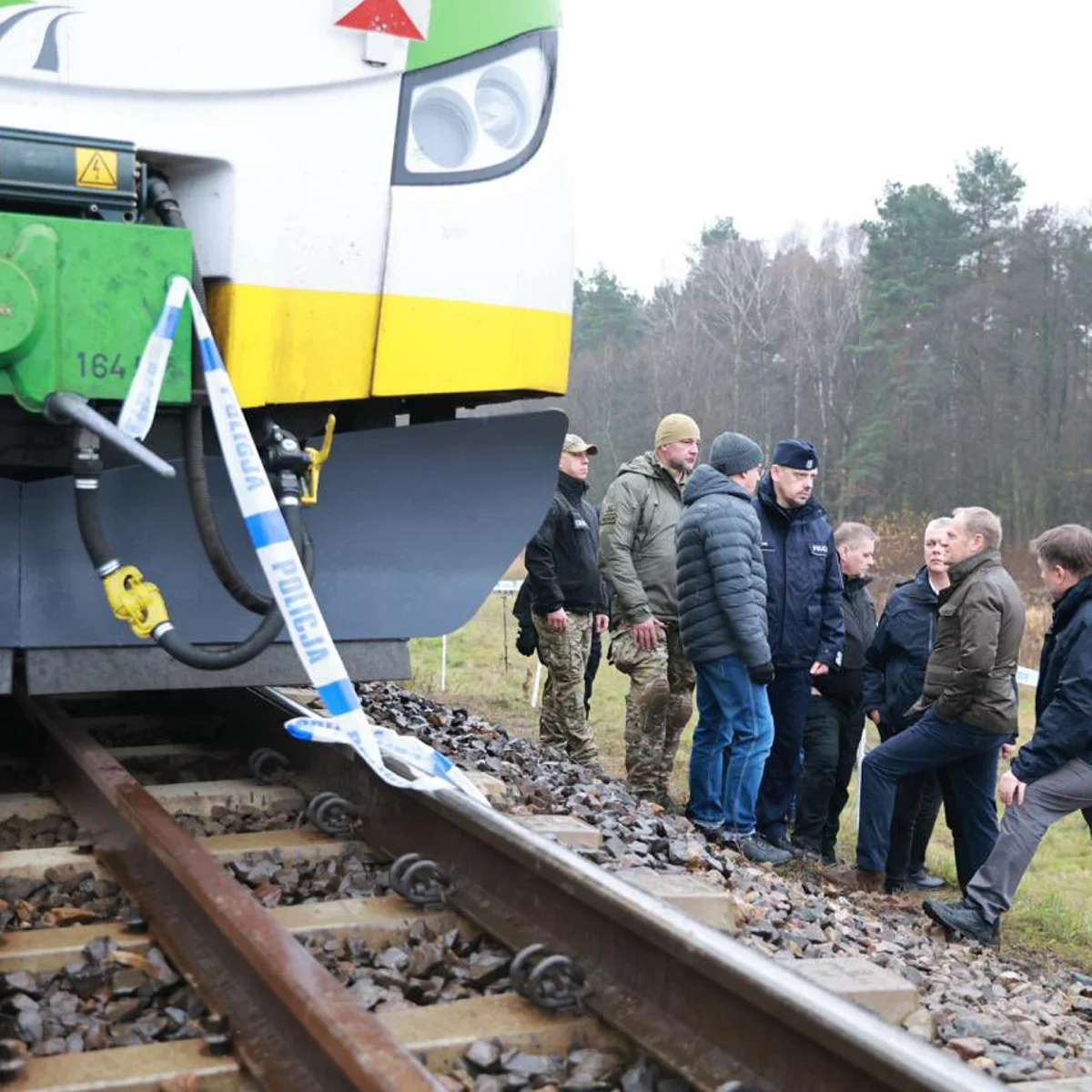
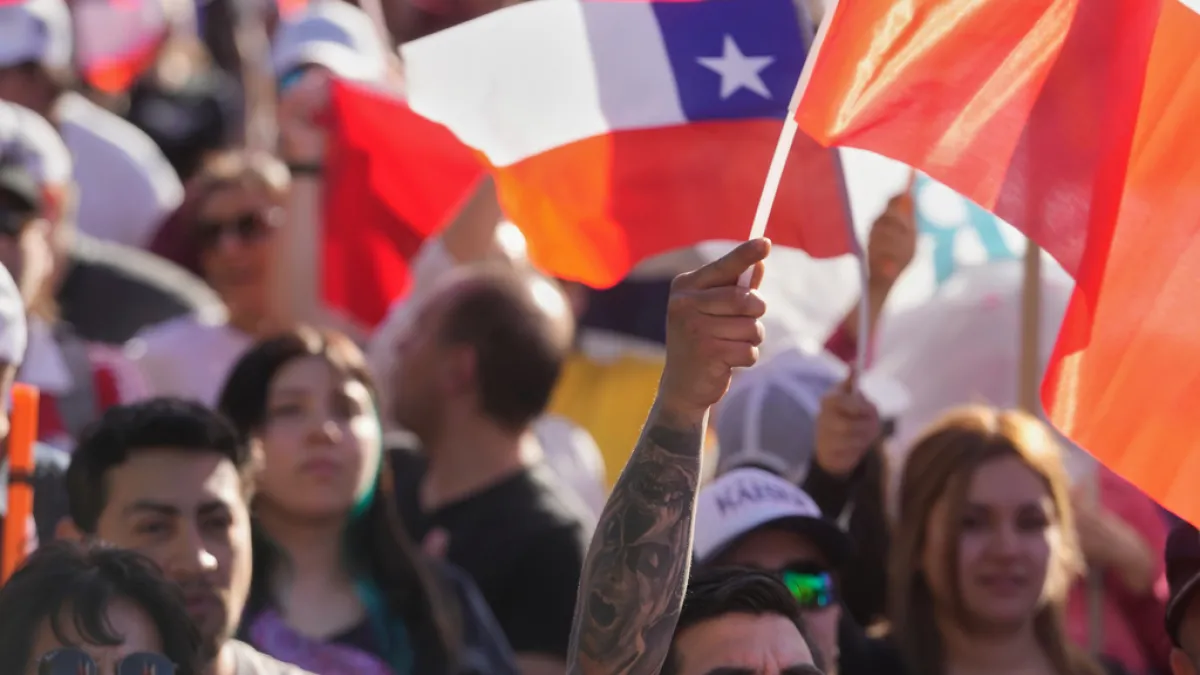
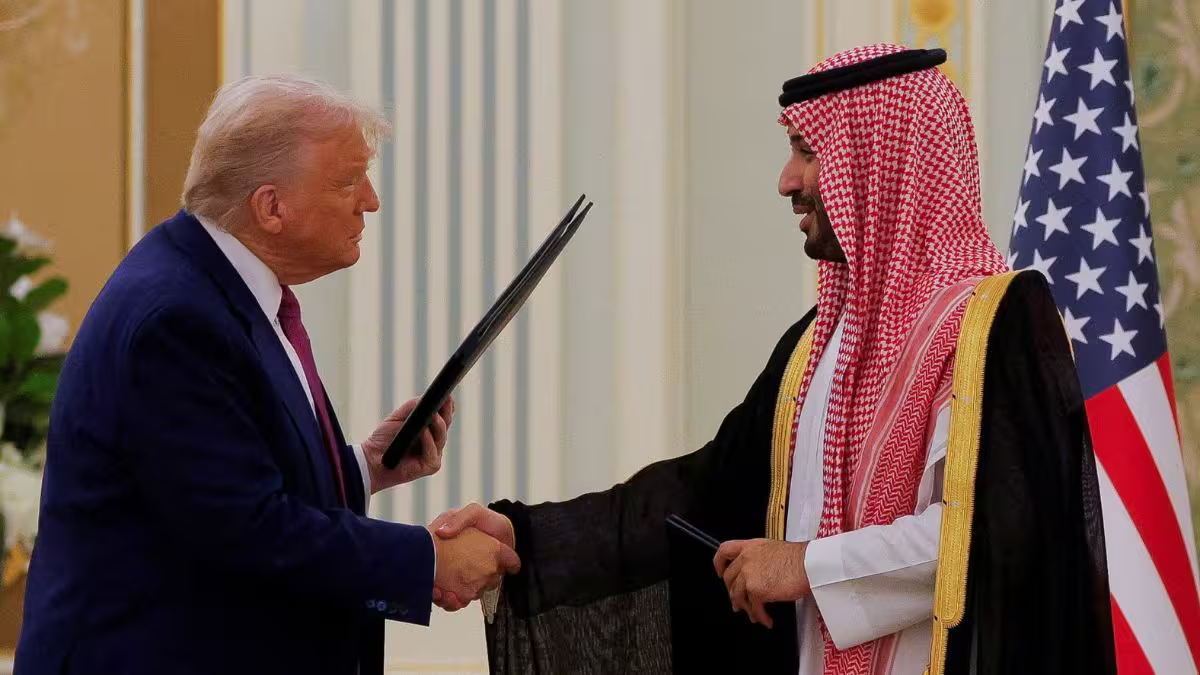
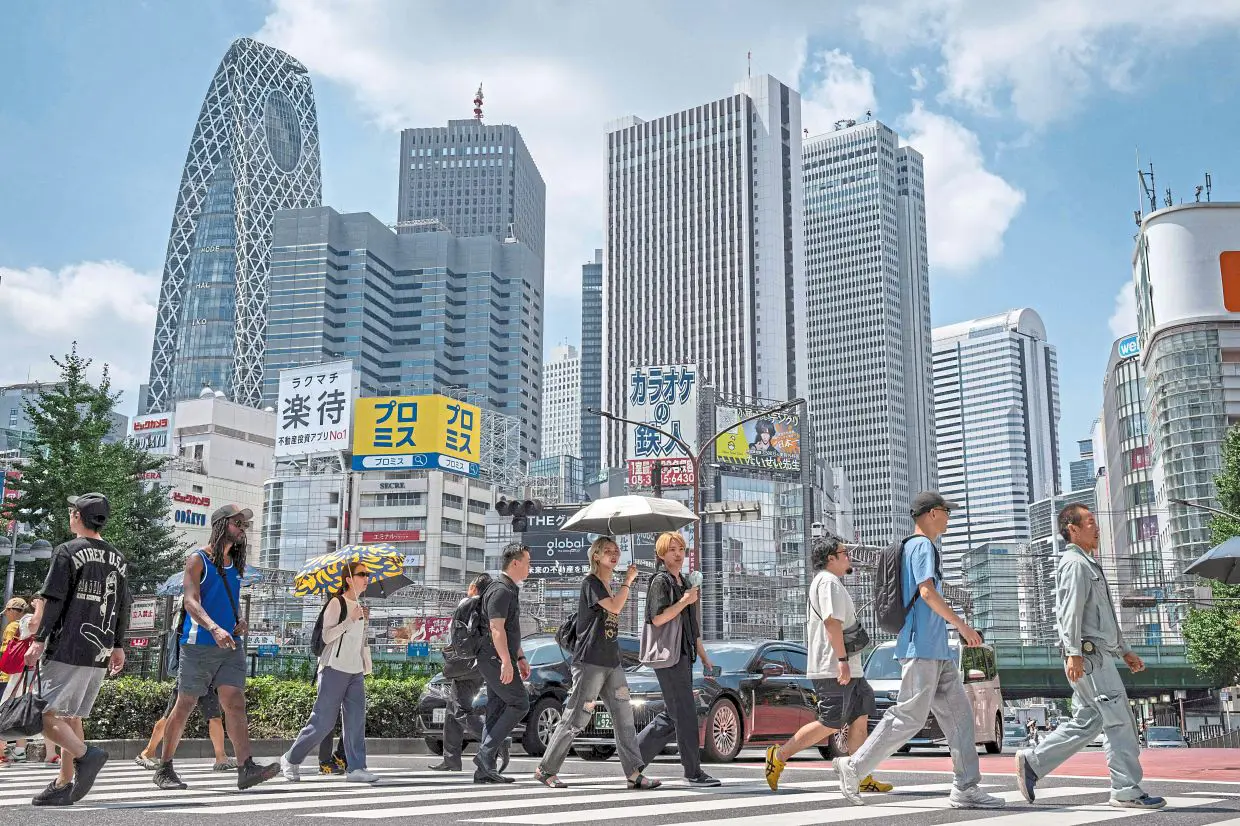
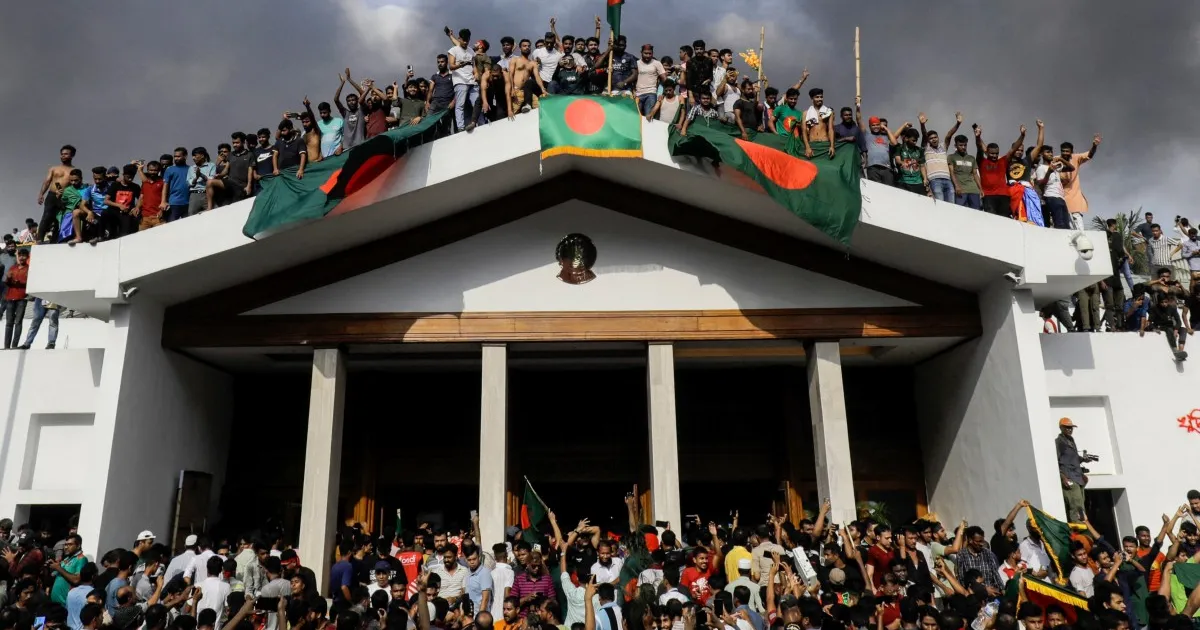
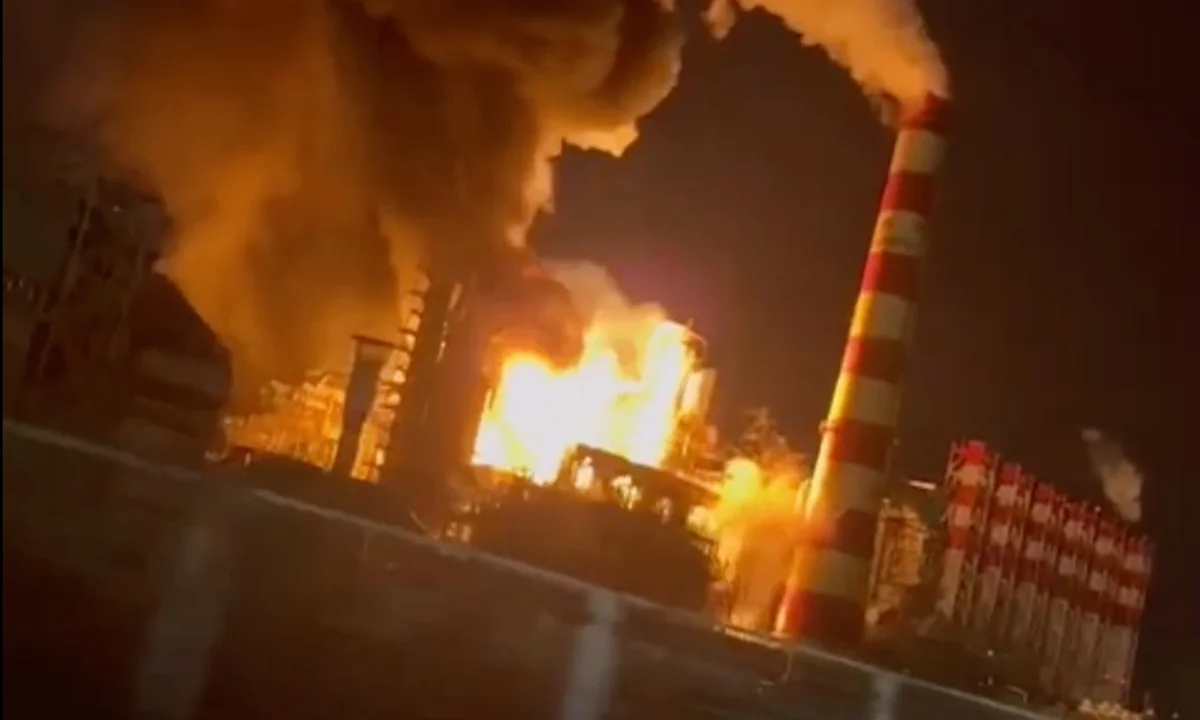


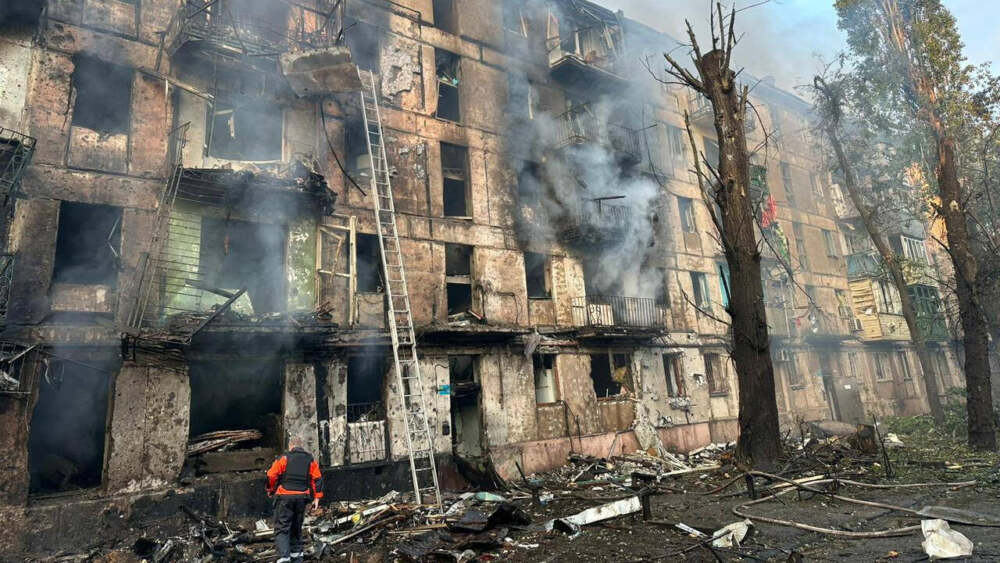
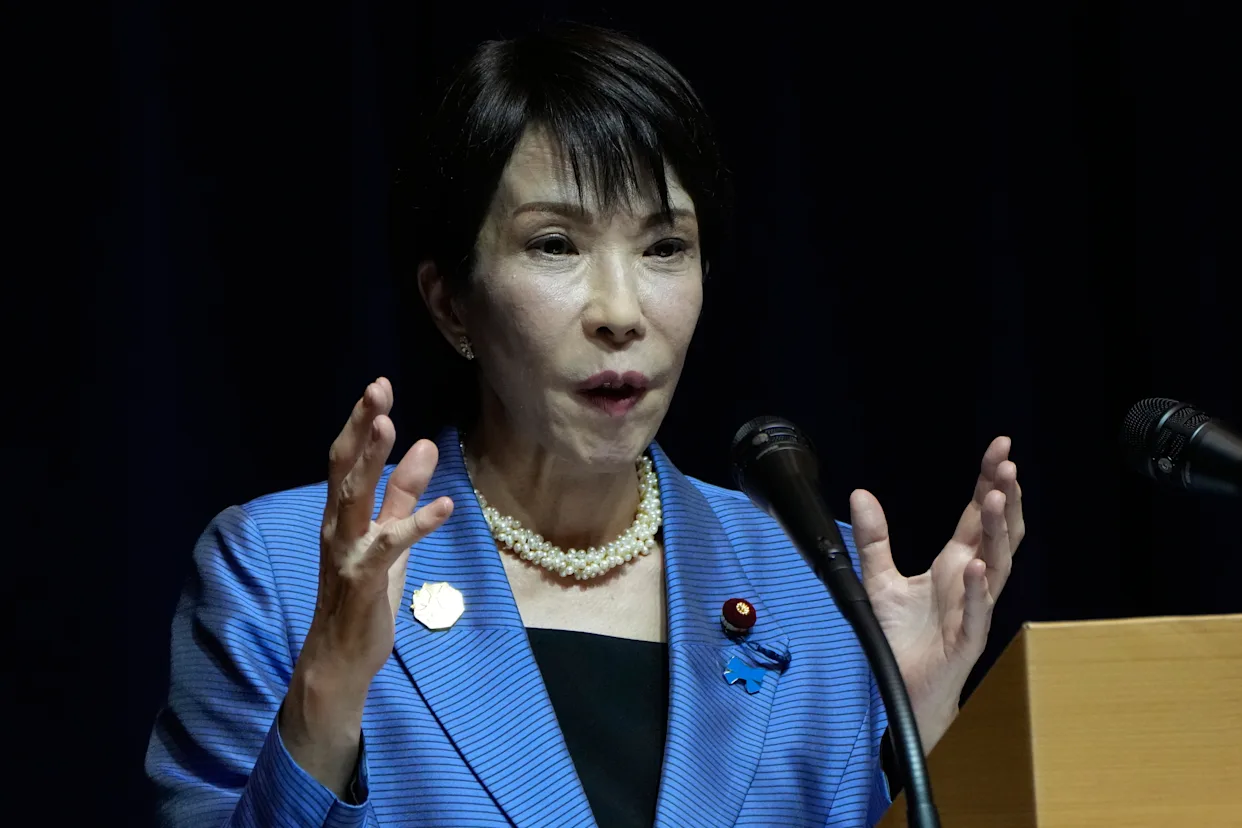




Leave a Reply